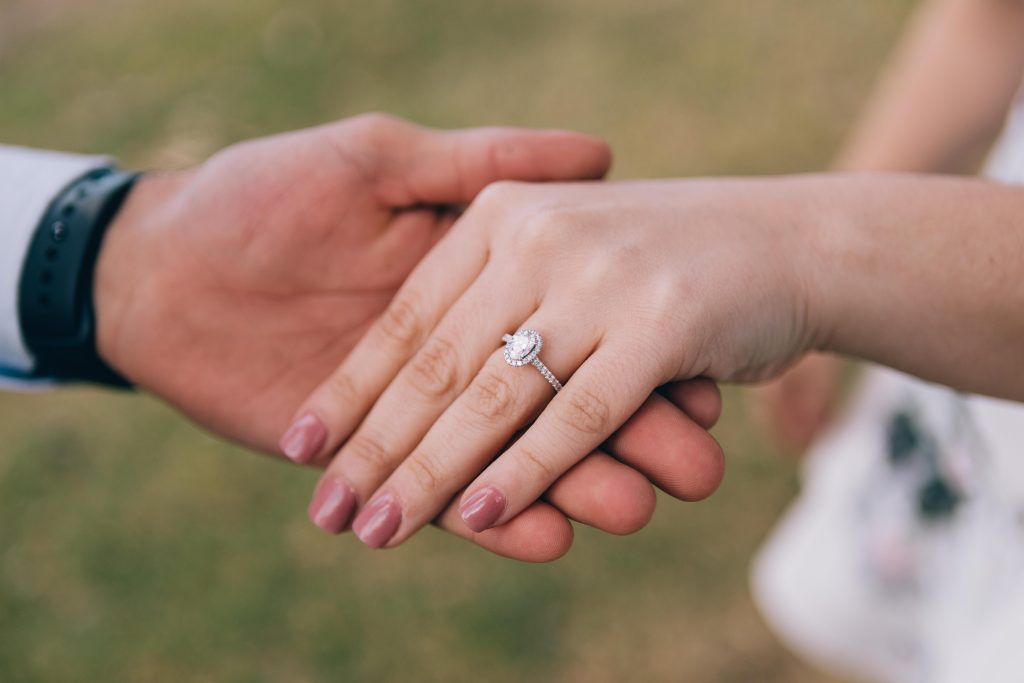For those ethically opposed to the diamond trade, there are a multitude of alternative stones to choose from to centre your engagement ring. If you like the look of diamonds but desire something more sustainable and affordable, why not consider a moissanite stone?
Moissanite stones finely resemble diamonds, and only experts can tell a difference between the two.
Made from meteorites from outer space, natural moissanite is much more rare than diamonds. It was first discovered in a meteor crater in 1893 by scientist Henri Moissan. Moissan mistakenly thought the crystals inside the crater were diamonds because of its extreme likeness.
Today, the majority of moissanite stones are lab grown and it takes about 2-3 months to make a single stone.
To tell a moissanite and a diamond apart, one would have to look very closely at its fire and brilliance. With a refractive index of 2.65, moissanite is much more brilliant and is known for its “disco ball” effect in which rainbow light quickly flashes from the gem.
The main differences are not visible, they are technical. With a 9.25 rating, moissanites rank lower on the Mohs scale of hardness than the diamonds hardy 10. Moissanites also typically weigh about 15% less than diamonds. As a result, moissanites are sold by their length and width in millimeters rather than carat size like diamonds are.
Since the majority of moissanite stones are lab grown, it’s a much more ethical choice than natural diamonds. The reality of diamond mining is anything but romantic. Environmental devastation and human rights abuse has been synonymous with the trade for decades, leading many modern couples to avoid going for ‘blood diamonds’.
Of course, the biggest difference is often the price point. Moissanite is much cheaper than diamond. Gem Rock Auctions estimates that a moissanite stone of a similar size in appearance can cost up to 90% less than a diamond would.
Opting for a moissanite over a diamond is down to preference. The differences are miniscule, so it is reallythe production of the stone and the price of the stone that sways buyers.
Feature image: Pexels




















